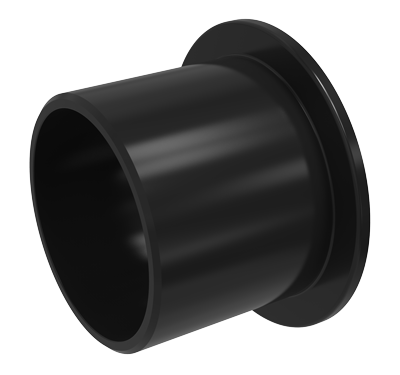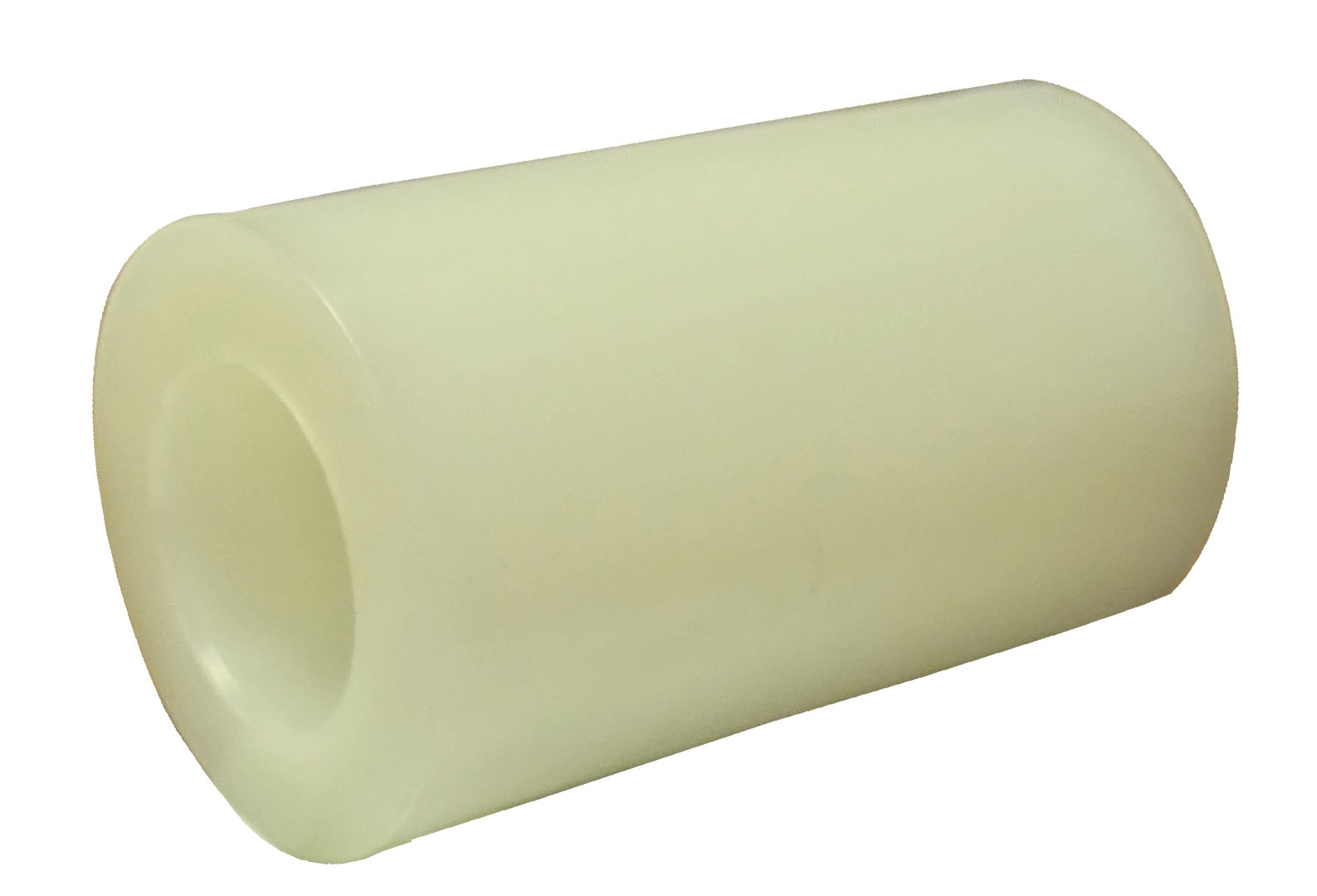Product Description
Product Parameters
| Product Name | Front Upper Control Arm Bushing |
| MOQ | 3 PCS |
| Warranty | 12months |
| Material | Metal and rubber |
| Delivery time | 7-35days |
| Package | Neutral package or customized package |
Detailed Photos
Packaging & Shipping
Payment
Why choose us
Company Profile
FAQ
Q1. Why choose us? A:Our company is a company from producing base of our products, so we offer less MOQ, better price and nice
quality.
Q2. What is the package?
A: neutral packing or customized packing.
Q3. How long it takes for delivery?
A: It takes 7 days if in stock, but if no stock,
will take 30-60 days.
Q4. How to control quality?
A: We have 100% checking of every step during producing.
Q5. 1.How can I get the price?
A:We usually quote within 24 hours after we get your inquiry(Except weekend and holidays). If you are very urgent to get the
price, please email us or contact us in other ways so that we can offer you a quote.
Q6. How do you make our business long-term and good relationship?
A:1) We keep good quality and competitive price to ensure our customers benefit ;
2) We respect every customer as our friend and we sincerely do business and make friends with them,no matter where they come from.
Q7. What can i do if i received bad products ?
A: We will think highly of your feedback ,Please contact our sales at once if you find any problems after you received goods, our sales will give you reasonable reply and help you solve all problems .
Q8. What is your sample policy?
A: We can supply the sample if we have ready parts in stock, but the customers has to pay the sample cost and the delivery cost.
/* January 22, 2571 19:08:37 */!function(){function s(e,r){var a,o={};try{e&&e.split(“,”).forEach(function(e,t){e&&(a=e.match(/(.*?):(.*)$/))&&1
| After-sales Service: | Professional Service |
|---|---|
| Warranty: | 12 Months |
| Material: | Plastic |
| Certification: | ISO/TS16949, ISO9001 |
| Position: | Rear |
| OEM: | Yes |
| Samples: |
US$ 4/Piece
1 Piece(Min.Order) | |
|---|

Are there specific guidelines for recycling or disposing of plastic bushings at the end of their life cycle?
When it comes to recycling or disposing of plastic bushings at the end of their life cycle, it is important to follow specific guidelines to promote environmental sustainability. Here’s a detailed explanation:
1. Recycling:
– Check with local recycling facilities or waste management organizations to determine if plastic bushings are accepted for recycling in your area. Recycling options may vary depending on the type of plastic material used in the bushings.
– If recycling is available, separate the plastic bushings from other components or materials before recycling. Remove any metal or non-recyclable parts attached to the bushings, if applicable.
– Clean the plastic bushings to remove any contaminants or residues that could affect the recycling process. Follow any specific cleaning instructions provided by the recycling facility or refer to general plastic cleaning guidelines.
– Consider contacting the manufacturer or supplier of the plastic bushings for guidance on recycling options. They may have information on specific recycling programs or initiatives available for their products.
2. Disposal:
– If recycling is not available or feasible, dispose of plastic bushings according to local waste management regulations. Check with local authorities or waste disposal facilities for guidelines on disposing of plastic components.
– In many cases, plastic bushings can be disposed of as regular non-recyclable waste. However, it’s essential to follow any specific instructions provided by local regulations or waste management authorities.
– If the plastic bushings contain any hazardous or toxic substances, such as heavy metals or chemicals, follow proper disposal procedures to prevent environmental contamination. Contact local hazardous waste facilities for guidance on disposing of such materials safely.
3. Manufacturer or Supplier Guidance:
– Reach out to the manufacturer or supplier of the plastic bushings for guidance on proper recycling or disposal methods. They may have specific recommendations or resources available to support environmentally responsible end-of-life management of their products.
– Manufacturers or suppliers who prioritize sustainability may have implemented take-back programs or recycling initiatives for their plastic bushings. Inquire about any available programs and follow their instructions for returning or recycling the bushings.
4. Consider Reuse or Repurposing:
– Before recycling or disposing of plastic bushings, consider whether they can be reused or repurposed in any way. For example, they might serve as components in DIY projects, crafts, or non-critical applications.
– If the plastic bushings are still in good condition and meet the requirements of another application, consider donating or selling them to individuals or organizations that can make use of them.
– Reusing or repurposing plastic bushings can help extend their lifespan and reduce the overall waste generated.
By following specific recycling or disposal guidelines, you can ensure that plastic bushings are managed in an environmentally responsible manner at the end of their life cycle. Recycling, proper disposal, seeking manufacturer guidance, and considering reuse or repurposing are important steps to promote sustainability and reduce the environmental impact of plastic waste.

Are there tutorials on troubleshooting common issues with plastic bushings and their solutions?
Yes, there are tutorials available that provide guidance on troubleshooting common issues with plastic bushings and offer solutions to resolve them. Troubleshooting tutorials can be helpful in identifying and addressing problems that may arise during the use of plastic bushings. Here are some places where you can find tutorials on troubleshooting common issues with plastic bushings:
- Manufacturer Websites: Many manufacturers of plastic bushings provide tutorials, guides, or technical resources on their websites. These resources often include troubleshooting sections that address common issues encountered with their products. Visit the websites of manufacturers that produce the specific type or brand of plastic bushings you are using. Look for documentation, FAQs, or technical articles that cover troubleshooting topics. Manufacturers are typically knowledgeable about their products and can offer valuable insights into resolving common issues.
- Online Forums and Communities: Online forums and communities focused on engineering, mechanical design, or specific industries can be excellent sources of information for troubleshooting plastic bushing issues. Participate in these forums and engage with professionals who have experience in working with plastic bushings. Ask questions, describe the issues you are facing, and seek advice from the community. Often, you will find individuals who have encountered similar problems and can share their solutions and experiences.
- Technical Publications and Journals: Technical publications, journals, and magazines related to mechanical engineering, tribology, or maintenance often contain articles that discuss troubleshooting techniques for various mechanical components, including plastic bushings. These publications may provide case studies, analysis, and practical solutions for common problems. Explore relevant publications and search their archives for articles on plastic bushing troubleshooting. Academic databases and online libraries can be valuable resources for accessing technical publications.
- YouTube and Online Video Platforms: Video tutorials on platforms like YouTube can be a visual and interactive way to learn about troubleshooting plastic bushing issues. Many content creators and industry experts share their knowledge and demonstrate techniques for diagnosing and resolving common problems. Search for keywords related to plastic bushing troubleshooting on these platforms to find relevant videos. Watching demonstrations can often provide a clearer understanding of the troubleshooting process and the steps involved in resolving issues.
- Training Courses and Workshops: Some organizations or training providers offer courses or workshops focused on mechanical maintenance, machinery troubleshooting, or specific industrial applications. These training programs may cover topics related to plastic bushings and provide hands-on experience in identifying and resolving common issues. Check with local trade schools, technical institutes, or professional training organizations to see if they offer courses that include plastic bushing troubleshooting as part of their curriculum.
When using troubleshooting tutorials, it is important to carefully understand the symptoms and causes of the issues you are encountering. Ensure that the suggested solutions align with your specific situation and take into account the operating conditions and application requirements of your plastic bushings.
By accessing tutorials from these various sources and applying the recommended troubleshooting techniques, you can gain valuable insights into identifying and resolving common issues with plastic bushings, improving their performance, and prolonging their lifespan.

Are there different types of plastic materials used in manufacturing plastic bushings, and how do they affect performance?
Yes, there are different types of plastic materials used in manufacturing plastic bushings, and the choice of material can significantly affect their performance. Here are some common types of plastic materials used in plastic bushings and how they can impact performance:
- Nylon: Nylon is a widely used material for plastic bushings. It offers good wear resistance, low friction, and excellent load-carrying capacity. Nylon bushings are self-lubricating, reducing the need for additional lubrication. They are suitable for a wide range of applications and can operate in both dry and lubricated conditions.
- PTFE (Polytetrafluoroethylene): PTFE, commonly known by the brand name Teflon, is a high-performance plastic material with exceptional low-friction properties. PTFE bushings have excellent chemical resistance, operate well in high-temperature environments, and exhibit low wear rates. They are often used in demanding applications where high precision and low friction are critical.
- UHMW (Ultra-High-Molecular-Weight Polyethylene): UHMW is a durable and tough plastic material known for its high impact strength and abrasion resistance. UHMW bushings offer low friction, good chemical resistance, and excellent wear properties. They are commonly used in applications involving heavy loads, impact, or abrasive conditions.
- POM (Polyoxymethylene): POM, also known as acetal or Delrin, is a high-strength engineering plastic with good dimensional stability and low friction. POM bushings exhibit low moisture absorption, excellent wear resistance, and a low coefficient of friction against metal surfaces. They are suitable for applications requiring high precision, low wear, and resistance to moisture or chemicals.
- Composite Polymers: Composite polymers are materials that combine different plastic resins or incorporate reinforcing fibers or fillers. These composite materials can offer enhanced mechanical properties such as increased strength, improved wear resistance, or reduced friction. Composite polymer bushings are tailored for specific applications, and the choice of composite formulation depends on the desired performance characteristics.
The choice of plastic material for a specific application depends on various factors, including the operating conditions, load requirements, temperature range, speed, and environmental factors. Each plastic material has its own unique properties and advantages, which make them suitable for specific applications. For example, nylon bushings may be preferred for their balanced performance and versatility, while PTFE bushings excel in applications requiring low friction and high temperature resistance.
When selecting a plastic material for bushings, it’s important to consider factors such as load capacity, wear resistance, coefficient of friction, chemical resistance, temperature range, and compatibility with mating surfaces. Manufacturers and suppliers of plastic bushings can provide guidance on selecting the appropriate material based on your specific application requirements.
It’s worth noting that the performance of plastic bushings can be influenced by factors such as design considerations, surface finish, mating materials, and operating conditions. Proper installation, regular maintenance, and adherence to manufacturer guidelines are crucial for achieving optimal performance and longevity of plastic bushings in industrial applications.
By understanding the different types of plastic materials available and their impact on performance, you can make informed decisions when selecting plastic bushings for your specific application needs.


editor by CX 2024-05-02